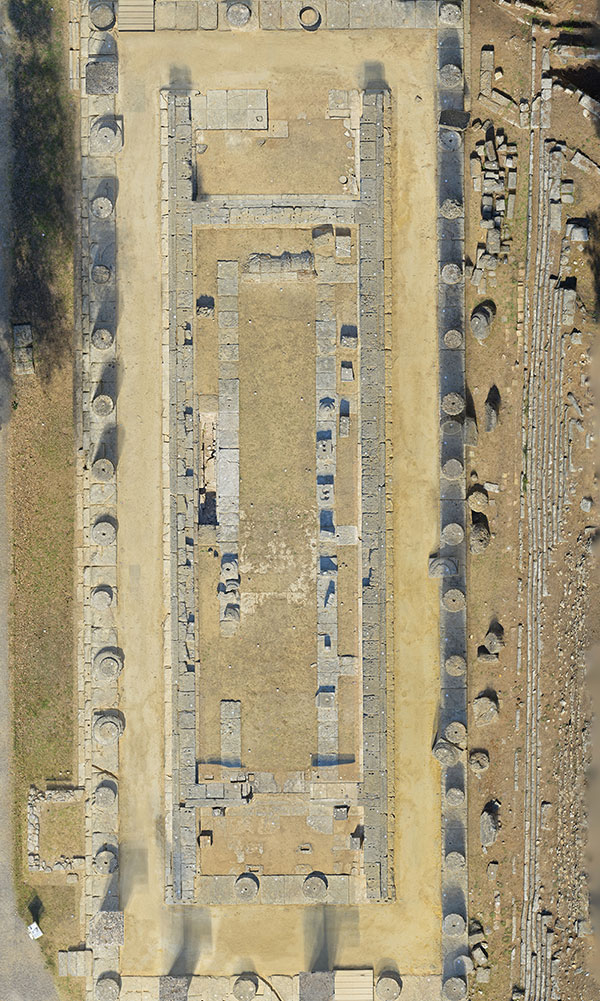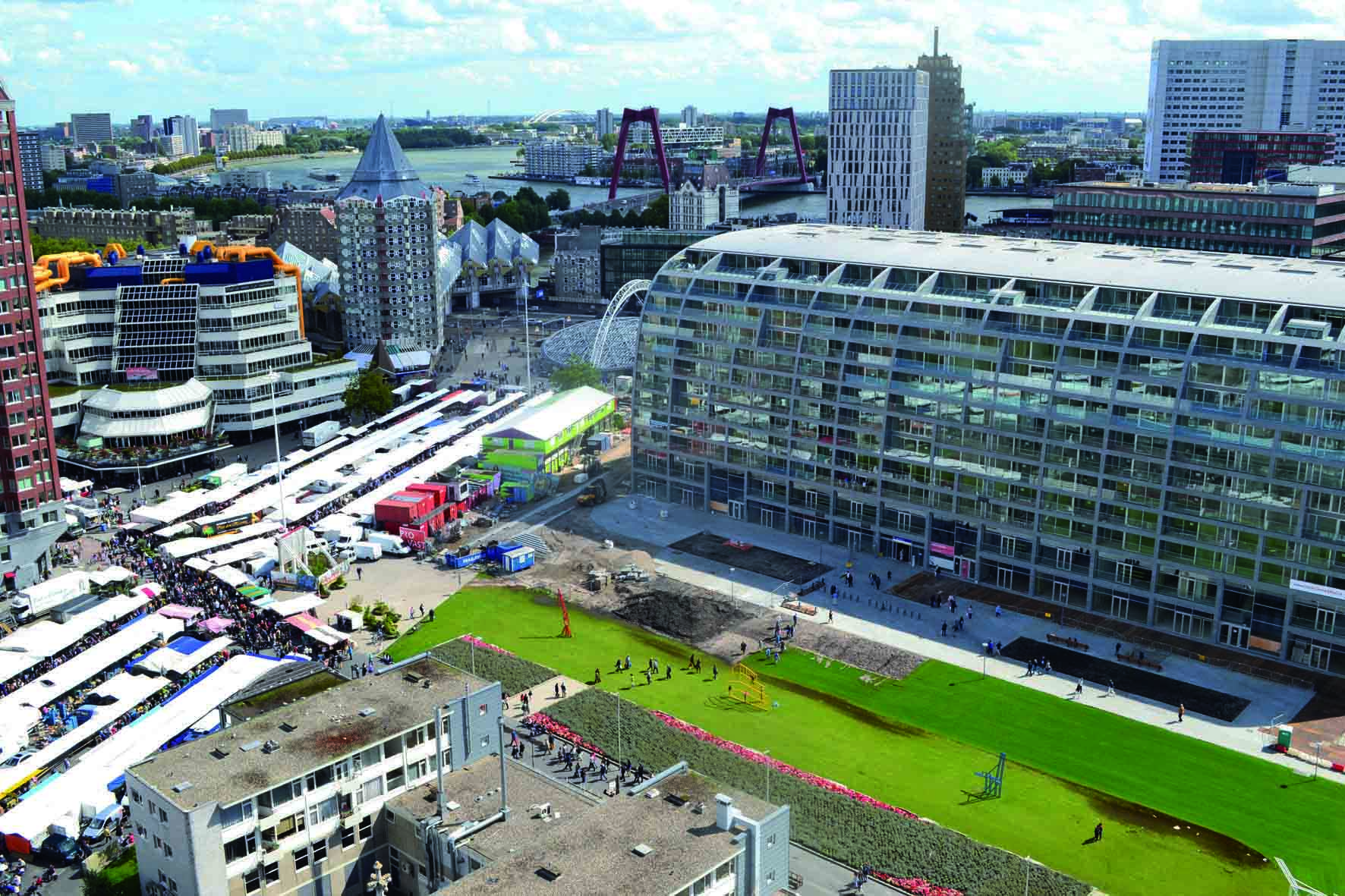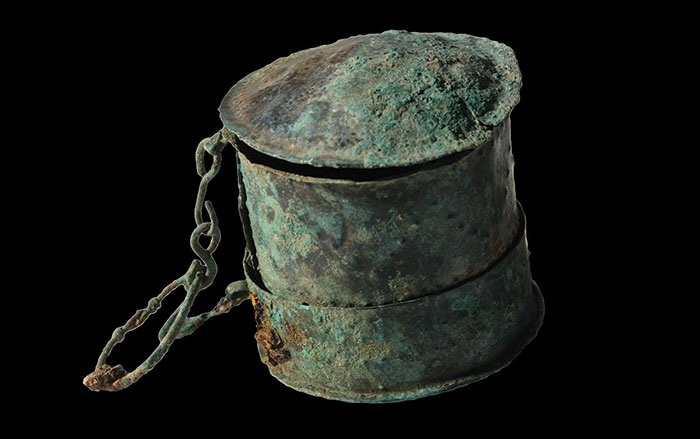
CAMBRIDGESHIRE, ENGLAND—Cambridge News reports that a team led by Marcus Brittain of the Cambridge Archaeological Unit is excavating Manea Fen, the site of a nineteenth-century utopian experiment. The community, established in 1838 by businessman William Hodson, was built around a central square, had terraces of cottages, a public dining hall, a communal kitchen, a school, and a grand tower. The utopia project lasted three and one-half years, and was home to 150 people at its height. So far, the research team has uncovered garbage pits and wood and brick foundations of some of the buildings. “These indicate that the buildings were fairly sizeable, but relatively flimsy in construction and maybe not equipped for sustaining 1,000 years’ of community as was envisaged in their design,” Brittain said. To read about a cross-shaped pectoral discovered in the same area, go to “Artifact.”











